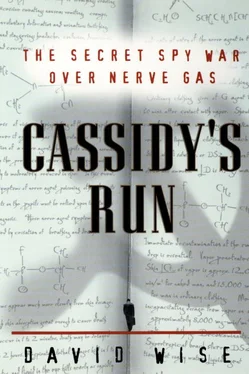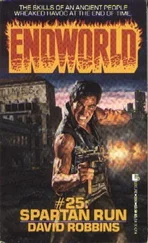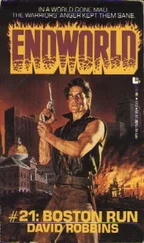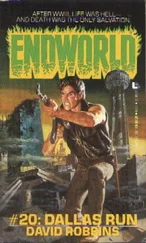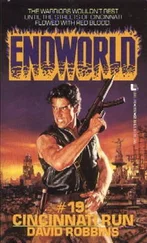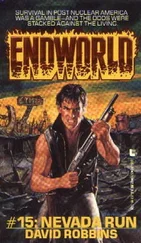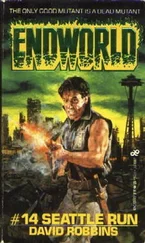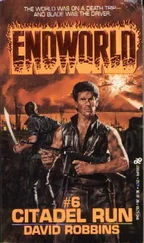In the “wilderness of mirrors,” as counterintelligence has been called, seemingly unrelated spy cases often interlock, their threads becoming entangled with one another. So it was with one GRU case that had an impact on Morrissey and, at least indirectly, on Cassidy. In New York in January 1962, FBI agent John Mabey made one of the most important recruitments of the cold war. He persuaded Colonel Dimitri Fedorovich Polyakov of the GRU to pass secrets to the FBI. Mabey gave him the code name TOPHAT. Polyakov, who rose to the rank of general, provided information of enormous value during eighteen years as a spy for the United States. [1] In 1985, Polyakov was betrayed to the KGB by the CIA’s Aldrich H. Ames, and three years later he was executed.
TOPHAT told John Mabey that he had trained a GRU agent whom the FBI had persuaded to cooperate, and who provided leads that enabled the bureau to arrest a GRU team of illegals, Robert K. Baltch and his wife, Joy Ann. The couple had taken the identities of a Roman Catholic priest from Amsterdam, New York, and a housewife in Norwalk, Connecticut, neither of whom were aware that their identities had been stolen by Russian spies. Jimmy Morrissey handled the Baltch case. It was only after completing the assignment that Morrissey was able to take over as case agent for Joe Cassidy.
Polyakov had also provided leads that led the FBI to investigate Herbert W. Boeckenhaupt, a young air force sergeant who repaired code machines for the Strategic Air Command. Boeckenhaupt was meeting secretly with a GRU officer in Washington.
The FBI’s counterintelligence agents customarily worked several cases at a time. The Boeckenhaupt case was also assigned to Morrissey, who by then was simultaneously juggling the Cassidy operation. On Halloween of 1966, the FBI arrested Boeckenhaupt in California. He was charged with betraying the Strategic Air Command’s codes to the Soviets, convicted in May 1967, and sentenced to thirty years.
During the summer of 1966, the GRU informed Cassidy that they would communicate with him from then on in encoded SW, as well as in plain text on microdots. A six-digit numerical code, he was told, was to be keyed to a dictionary and concealed on pages of SW. The coded messages would back up the microdots. [3] 2 Although Danilin did not explain why the microdots were in plain text and the SW encoded, the logic was not hard to follow. If one of the hollow rocks left for Cassidy was somehow found-by a child playing, for example-the finder would not see the microdot, and the piece of paper would appear blank. Encoding the text of the SW provided another layer of security.
In August, Cassidy picked up a hollow rock containing a rollover camera, a microdot, and a three-by-four-inch miniature dictionary. Entitled The Universal Webster, it was part of a series called Langenscheidt’s Universal Dictionaries, published by Barnes and Noble.
Cassidy explained how the code worked. “Each six-digit group led to a word. Suppose I got a message with the number 243124. I would go to page 243, then to the first column because of the 1, then to the twenty-fourth word on the page. The word might be meet, the first word in a message that said, ‘Meet me at Springfield bowling alley nine o’clock Saturday ten October.’” [4] 3 The dictionary had 413 pages set in two columns of type. The Soviets instructed Cassidy that the first three digits indicated the page number, always between 100 and 413, the fourth digit indicated the column, and the last two digits indicated the placement of the word.
In March 1967, Cassidy recovered another rock containing an addition to the code, a numerical key designed to make the code a bit more difficult to crack. “To each group I would add 062520, my birthday. The sum would then work with the dictionary the same way.” [5] 4 Now, however, the code became a little more complicated. Because the fourth digit of his birth date was number 5, the number given to Cassidy always had a 5, 6, or 7 as the fourth digit, so that the sum when added to 5 would indicate column one or two. For example, one actual message Cassidy received contained the number 135685, which, added to his birth date, produced 198205, which meant the word “last.” The next number was 249692, which, added to his birth date, resulted in 312212, which led to the word “Saturday.” The message also included 152685, which, when added to his birth date, produced 215205, indicating the word “March.” Thus the numbers were part of a message scheduling a meeting in New York City for the last Saturday in March, 1975. The code was laborious to translate, but it worked.
Although the deceptionphase of Operation SHOCKER was designed primarily to persuade Moscow that American scientists had developed the nerve gas GJ in binary form, there is evidence that documents dealing with deadly biological weapons were passed to the Soviets as well.
Charles Bevels, who succeeded Morrissey as WALLFLOWER’S case agent, said an army scientist at Fort Detrick had worked on a biological agent called Strain X that became part of the deception operation. “Joe passed the biological information. His job at Edgewood was administrative, he had no technical knowledge. His story [to the Russians] was that he came across this report at Edgewood.”
Although Bevels could not recall the nature of the disease or toxin labeled Strain X, another former FBI man, John J. O’Flaherty, who later followed Bevels as Cassidy’s case agent, said that among the materials passed to the GRU by WALLFLOWER were documents dealing with “botulinum toxin type E.” In all likelihood, this was Strain X.
Toxins are poisons produced by some microorganisms and plants; snake venom is also considered a toxin. The CIA used shellfish toxin for the tiny poison darts developed by its technical experts to kill human targets, although CIA director William E. Colby testified to the Senate intelligence committee in 1975 that “I do not know of any actual use.” [6] 5 Select Committee to Study Governmental Operations with Respect to Intelligence Activities, United States Senate, 94th Congress, vol. 1, “Unauthorized Storage of Toxic Agents,” p. 19. The dart, which the CIA preferred to call “a nondiscernible microbioinoculator,” was fired by a noiseless dart gun, accurate up to 250 feet. The victim would feel nothing when struck, and no trace of the microscopic dart would be found through any later medical examination of the dead person. The agency also stockpiled cobra venom.
Because toxins are so lethal, they are attractive to biological-warfare scientists around the globe. Botulinum toxin, produced by Clostridium botulinum bacteria, is among the world’s deadliest poisons. It can result in paralysis and death.
Stephen Prior, president and CEO of DynPort, a company in Reston, Virginia, that produces all the vaccines for the Defense Department to counter a potential germ-warfare attack, explained that botulinum bacteria “can elicit seven different toxins, A through G. The strains of Clostridium botulinum were isolated by various scientists. Each strain produces one or more toxins.”
Scientists at Fort Detrick concentrated on the Hall strain of botulinum (named after the scientist who first isolated it), since it produces large amounts of Type A toxin, which is one of the most lethal forms of botulinum. “In animal studies,” Prior said, “type E is one of the more potent toxins but less potent than type A.”
Type E was discovered as the cause of two serious outbreaks of botulism in 1934, one in New York State that was traced to canned herring from Germany, and the other in Dnepropetrovsk, Ukraine, also due to fish. [7] 6 Charles L. Hatheway, “Toxigenic Clostridia, ” Clinical Microbiology Reviews 3 (January 1990): 71.
Type E is most often found lurking in the soils of Alaska, northern Europe, and Japan.
Читать дальше
